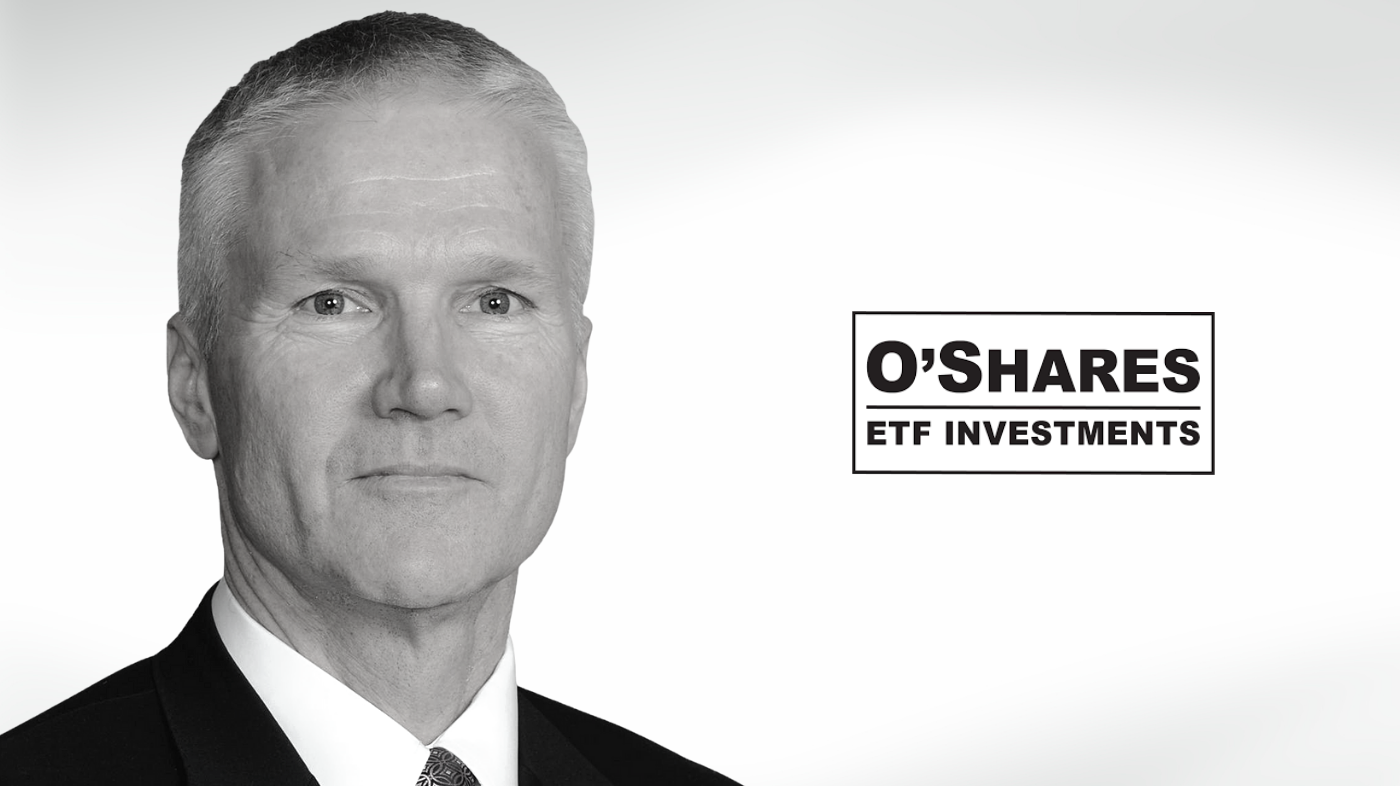 Connor O’Brien, Chief Executive Officer and President, O’Shares ETF Investments, discusses how the investment landscape has changed, rendering the 60/40 portfolio allocation obsolete.
Connor O’Brien, Chief Executive Officer and President, O’Shares ETF Investments, discusses how the investment landscape has changed, rendering the 60/40 portfolio allocation obsolete.
The 60/40 allocation, with 60% invested in equity and 40% in fixed income, is based on three decades of history. O’Brien asserts that continuing to use an investment strategy that is rooted in the past is like “driving a car and looking through the rearview mirror.”
There are three main changes to the investment landscape that assure investors that the future of investing won’t look like the past, which, as a result, calls for a different investment strategy. Since the 1980s, the US 10-year treasury yield has been steadily declining. However, the start of 2021 brought a jump in the treasury yield. Looking forward, there’s a greater risk of yields increasing, which puts pressure on capital value. Secondly, correlation between bonds and stocks is currently positive, which means that when stocks go down, bonds also go down. As a result, investing in both bonds and stocks is not the shock absorber it used to be. Lastly, fixed income capital appreciation potential is declining, and average total return has declined in each of the past three decades.
According to O’Brien, Investors should consider “taking a chunk of that 40% that’s in fixed income, and put it somewhere else where it will achieve a better outcome for your clients.” The new barbell shifts allocation from generic/market-cap stock index to real growth, and from bonds and fixed income allocation to equities for quality, stability, and income growth.
O’Shares ETFs has two viable ETF options to accomplish this allocation shift: O’Shares Global Internet Giants ETF (OGIG) and O’Shares U.S. Quality Dividend ETF (OUSA). OGIG is an ETF that’s positioned for the digital transformation of the global economy and focused on quality and revenue growth. This focus on revenue growth underlines how earnings growth without revenue growth can be short-lived, because it comes from something other than growing your client base and sales.
“Revenue growth is incredibly important when investing in growth stocks and tech stocks,” says O’Brien. Investing in OGIG shifts allocation from generic value into a tax-efficient and cost-effective ETF with real growth. OUSA is an ETF that provides cost-efficient access to a portfolio of large-cap and mid-cap high quality, low volatility, dividend paying companies in the United States. OUSA has an emphasis on dividend quality, to avoid dividend cuts and suspensions. In the down period of each calendar year since 2008, OUSA has been down an average of 30% less than the benchmark. Thus, OUSA provides more return and less risk than generic value. “OUSA could be a very useful tool for people allocating out of fixed income into income generating entities,” says O’Brien.
O’Shares Investments provides ETFs for long-term wealth management. The O’Shares ETFs are designed with a range of objectives, including wealth preservation and capital appreciation. Connor O’Brien is the CEO and President of O’Shares ETFs.

